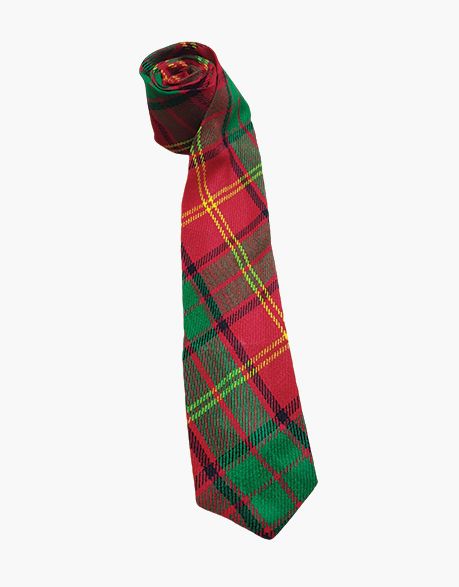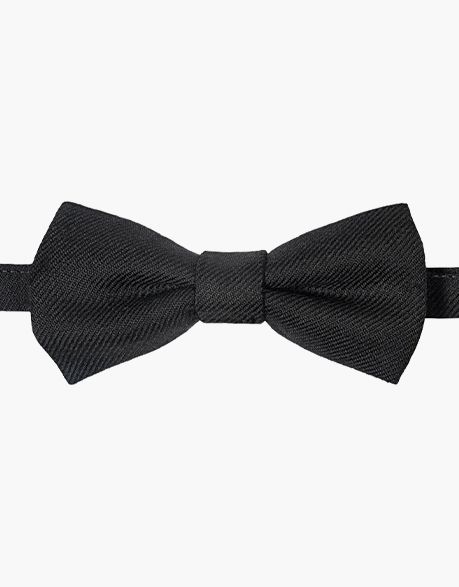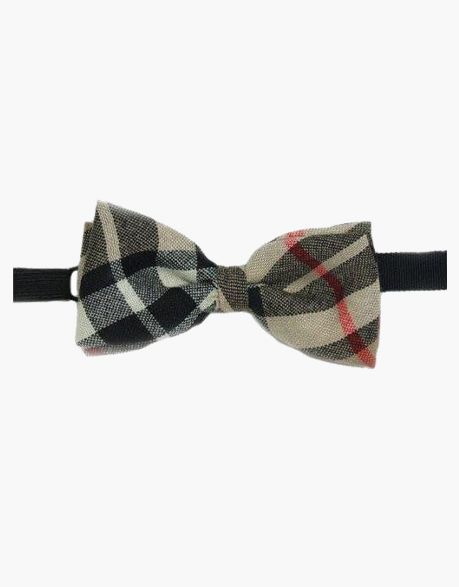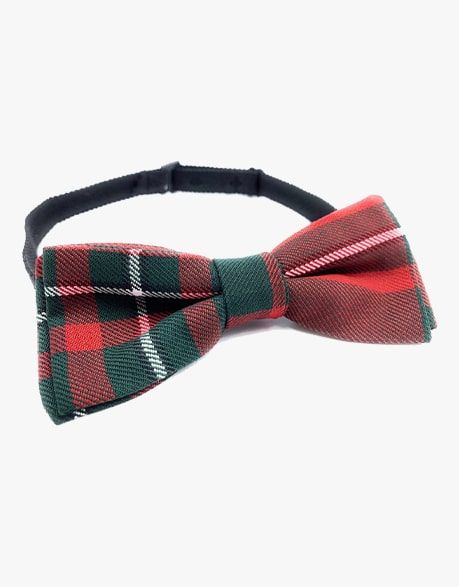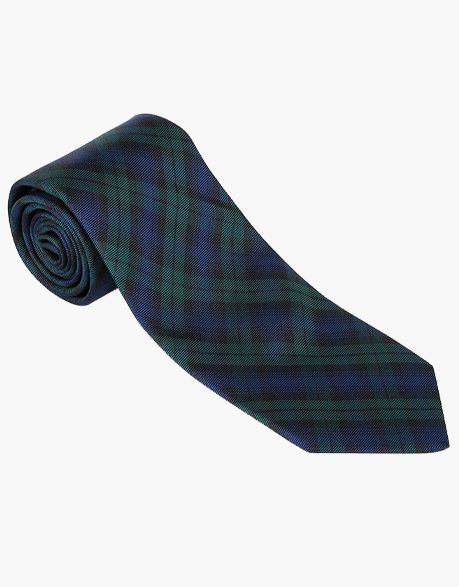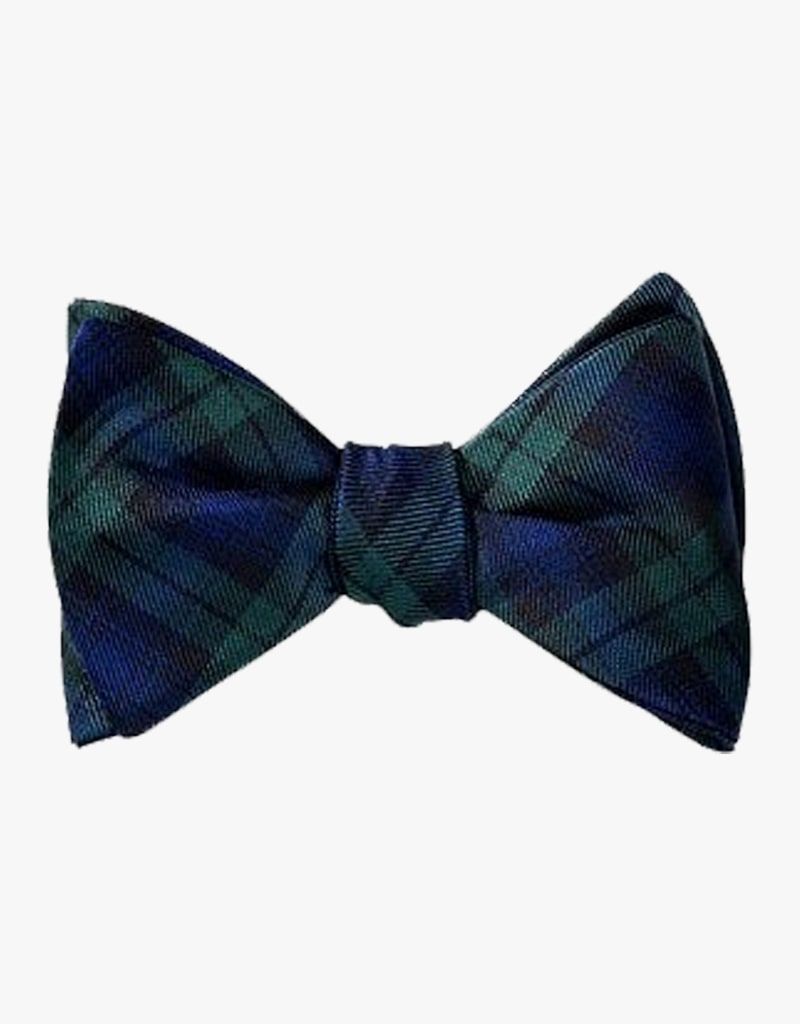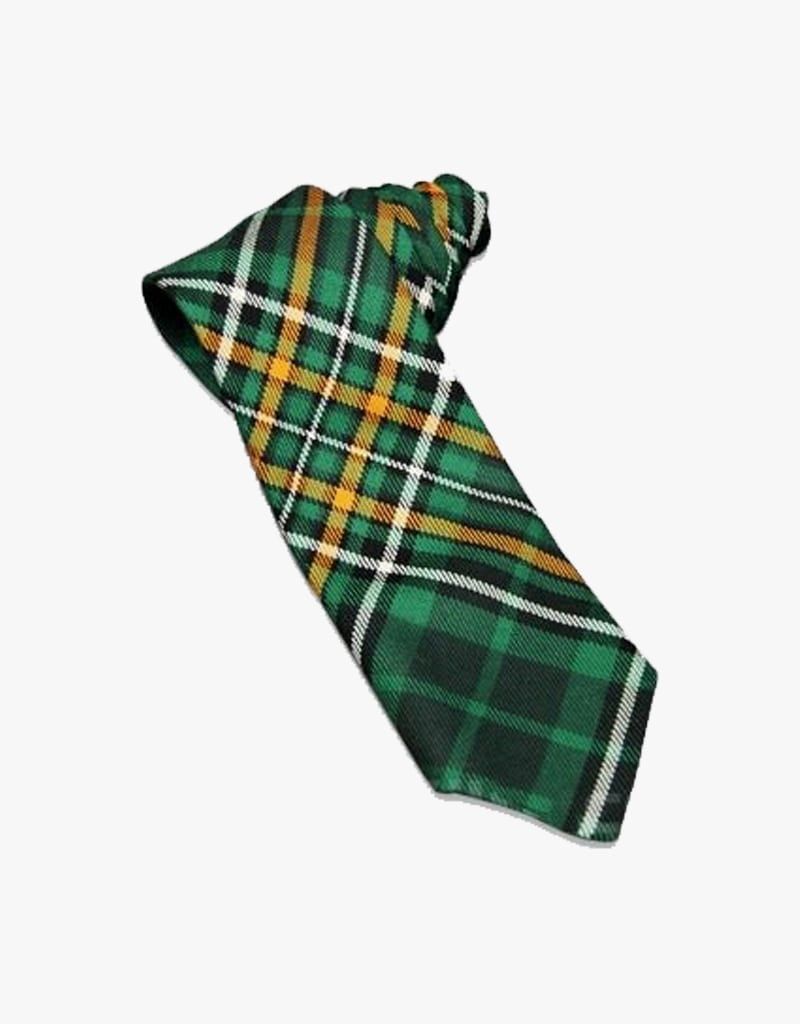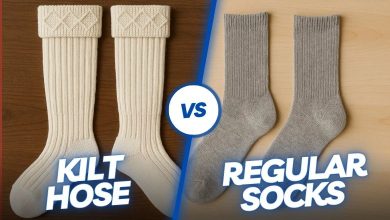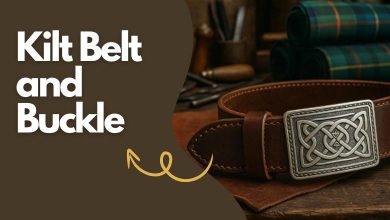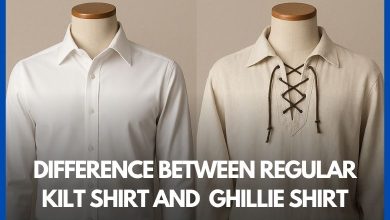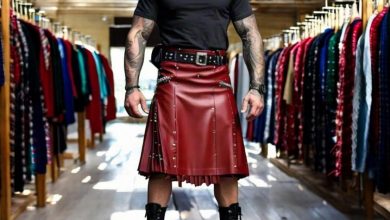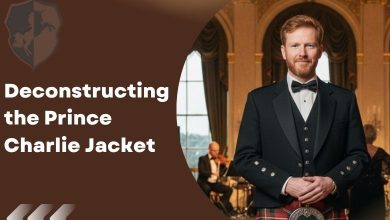Wearing Neckties with Kilts: Modernity with Tradition
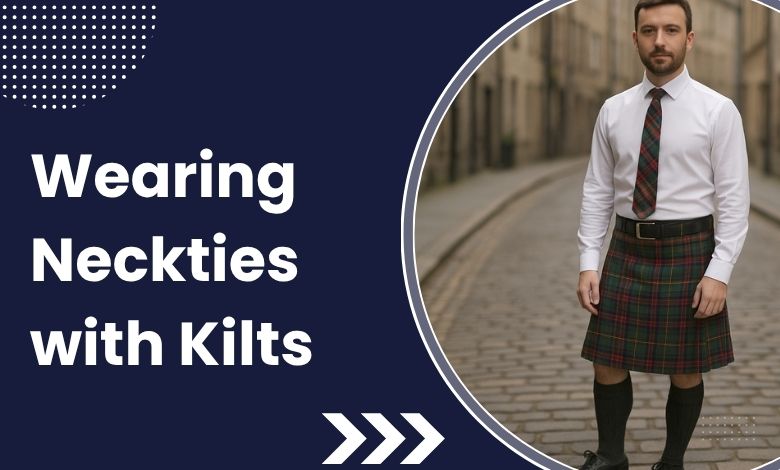
While wearing a kilt honors tradition, you can still express your modern style through thoughtful accessories. One elegant way to modernize the look is by pairing your kilt with a tasteful, well-matched necktie. In this blog post, we’ll go through the best tie types, how to choose them, and what accessories complete the ensemble. Let’s preserve the allure of tradition while incorporating a modern, refined touch into our history.
Table of Contents
TogglePerfectly Pairing Your Neckties
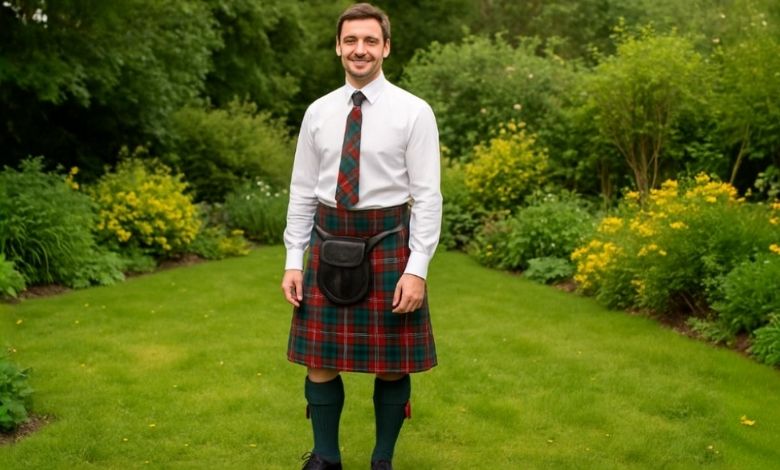
Despite their seemingly minor appearance, neckties may make your kilt ensemble truly complete. The ideal tie adds balance to the attire and complements the kilt’s colors. That’s why selecting an appropriate one is essential, regardless of the event’s formality. You must combine style, color, and occasion accordingly, and doing so is not challenging .
Match the Tie with the Kilt’s Colors
The tie should match, not contrast, with the tartan kilt. The finest and safest option is a tie that is solid and matches one of the kilt’s primary colors. A Black Watch kilt, for instance, complements a navy or deep green tie nicely. These colors avoid overwhelming the look with too many competing hues or patterns. Most importantly, they maintain neatness in appearance and coordinate very well with attire.
Choose the Right Tie for the Occasion
The design and material of neckties should reflect the event’s formality. Silk or tartan ties look great with a Prince Charlie jacket that is highly suitable for formal events including weddings or cultural celebrations. Similarly, the squashy and classic style of wool or tweed ties works perfectly for informal or daytime occasions. Choosing the right tie helps you dress appropriately, respectfully, and stylishly.
Coordinate with Your Jacket Style
Your jacket type plays a big role in tie selection. A bow tie is appropriate for a Prince Charlie jacket and goes well with really formal situations. More adaptable, Argyll coats go well with regular neckties. For activities that take place outside or throughout the day, tweed jackets look great with knit or wool ties. An elegant, well-considered appearance is produced by matching the jacket and tie.
Types of Neckties Worn with Kilts
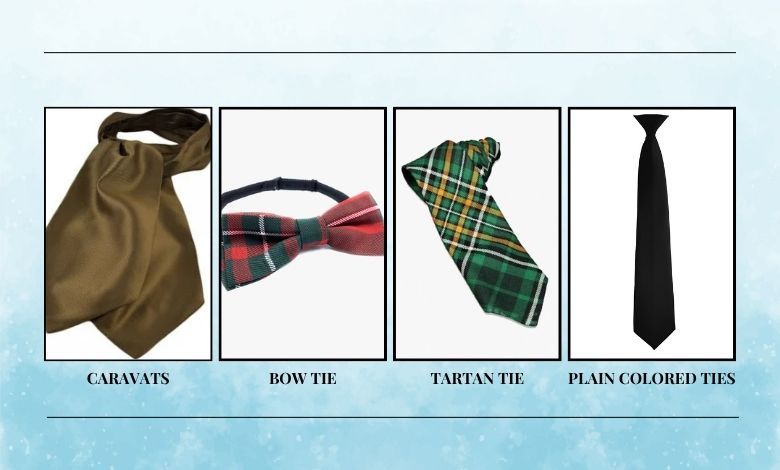
Many people consider tartan ties to be the only ones to pair with kilt outfits. In reality, several tie variations are suitable for the Scottish Highland Dress. A common example of other kilt ties is bow ties, similarly, plain-colored ties are also worn.
Bow Tie
Bow ties are not long like standard ones and are tied in a unique bow shape. Originating in the 17th century as a men’s accessory, bow ties have since become popular among women due to changing fashion trends. However, the fashion trends and their high acceptability made women wear them. They are usually worn for formal events today. If we talk about their colors, they primarily exist in plain shades, especially black.
Tartan Ties
The next and most popular variation of kilt tie, tartan ties can be worn on both formal and semi-formal (daytime) events. The construction of this necktie variation takes place with tartan patterns, as their name represents. People prefer them for clan gatherings and other social events to express their identity. These ties exist in both bow and long standard forms.
Caravats
Cravat or cravat ties give Highland attire a refined, stylish look. They are traditionally composed of silk or satin and are more elaborate than regular ties. Their suitability largely depends on the event’s theme, but they make a strong impression when styled correctly. They often go well with formal coats like Prince Charles kilt outfits.
Plain Colored Ties
The last necktie variation here is the one composed of plain colors only. These ties are suitable for formal occasions but people are also seen wearing them at casual events. They resemble standard ones because of their size as they are 3-3.5 wide and 56-57 inches long.
Accessories Other Than Ties That Complete Outfit
| Jacket | Waistcoat | Ghillie/Jacobite Shirts |
| Sporrans | Sgian-Dubh and Kilt Pin | Fly Plaid and Its Brooch |
| Ghillie Brogues | Scottish Hats | Kilt Hoses and Garter Flashes |
Picking the Best Knot for Your Kilt Ensemble
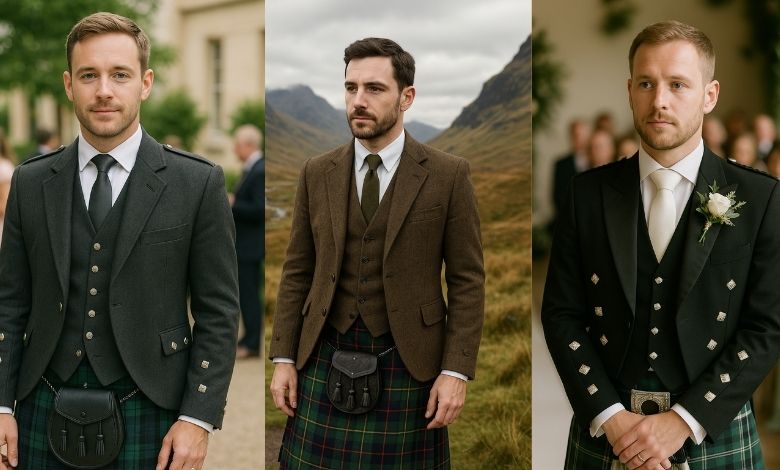
Undoubtedly, adding a tie in outfits enhances appeal but the knot style you choose is worth even more. So, the selection of knots also should be very careful. We are going to discuss some traditional tie knots below to make your decision easier.
- Four-in-Hand Knot: A four-in-hand tie knot is the traditional one that has a slim and somewhat uneven appearance. It goes well with tweed jackets and casual kilt outfits
- Half Windsor Knot: This knot is pretty balanced and formal. Therefore, it is ideal for Argyll jackets or semi-formal occasions. It offers a clean triangular shape, making it great for both work and daytime events.
- Full Windsor Knot: This particular knot is wide and structured. Its appropriateness for formal attire like Prince Charlie’s remains higher. Moreover, it works particularly well at weddings and other formal occasions because of exuded presence and confidence.
- Simple Knot: Simple knots are straightforward as the name represents and do not have any design on them. This knot works best with narrow ties and is commonly worn for informal occasions.
Keeping Your Tartan Neckties Looking Sharp
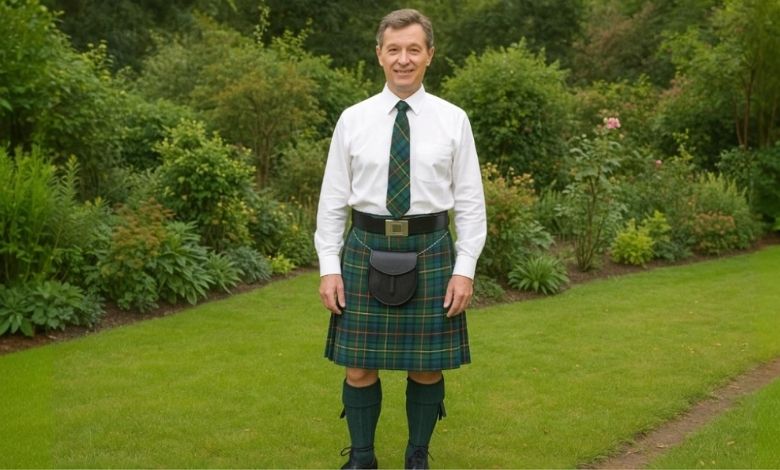
Keeping your tie clean and shiny not only enhances your overall look but also reflects attention to detail and personal style. Though all parts of the kilt outfits are obligatory to clean and maintain, the techniques may be different. Some tips to maintain sharpness and vibrancy of your kilt ties are given below.
Cleaning: Only get your ties washed as required. A moist cloth or certain stain-specific treatments can be specific for spot cleaning. Professional dry-cleaning is advised for stains that are more deeply ingrained.
Ironing: Press your tie at a low heat setting and avoid direct contact with the iron to prevent shine or damage to the fabric.
Storage: To prevent permanent wrinkles, do not fold ties. It is best to roll or hang and store them in a cool, dry location, so moisture may not damage.
Knotting: Select a safe and suitable knot for the event and your tie. A proper tie knot maintains its tie’s form and also facilitates appearance.
Ready To Match Your Tie With Kilt? Approach TUK
Now that you know much about buying and wearing neckties, it’s time to move ahead and find a reliable store to buy your next kilt tie. you’d rather avoid the hassle of in-store shopping, consider buying your kilt tie online. There are many brands offering ties and different kilts for men with accessories. A popular name that fulfills your every requirement from the range of products to affordability and customization, is The Utility Kilt. We offer a wide necktie inventory comprising bow, plain, and tartan ties. Some products you must consider are:
